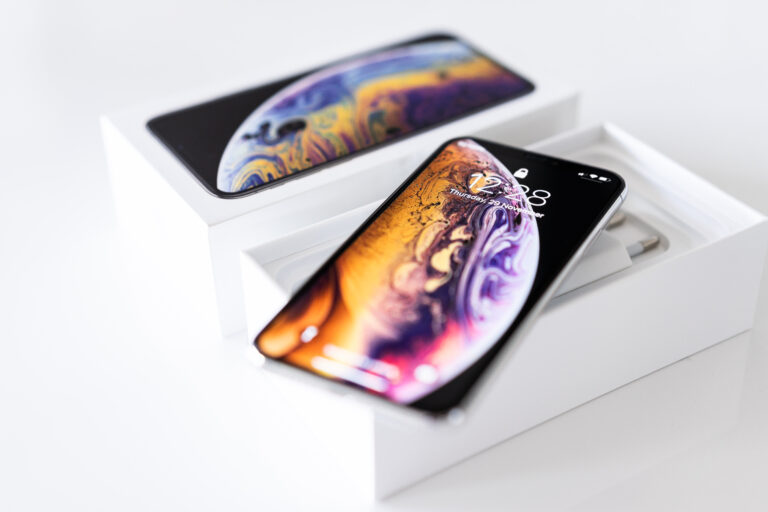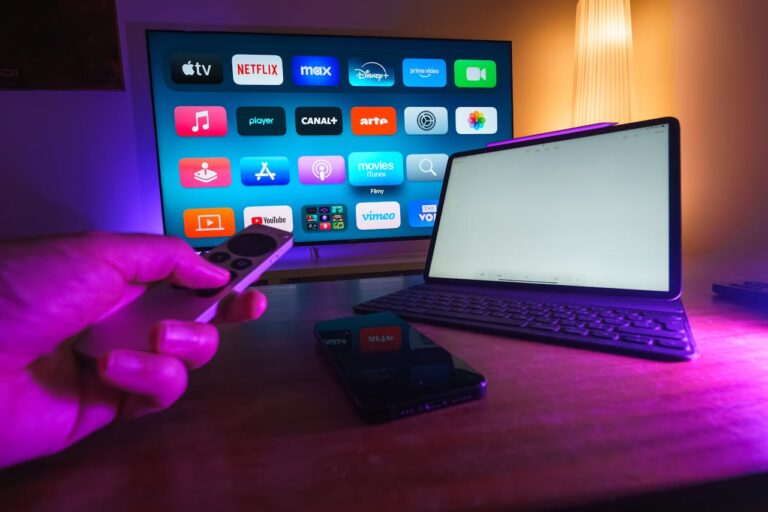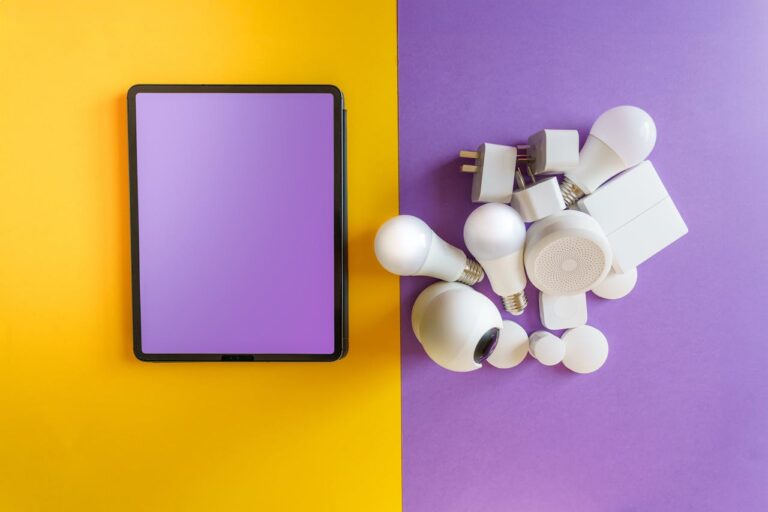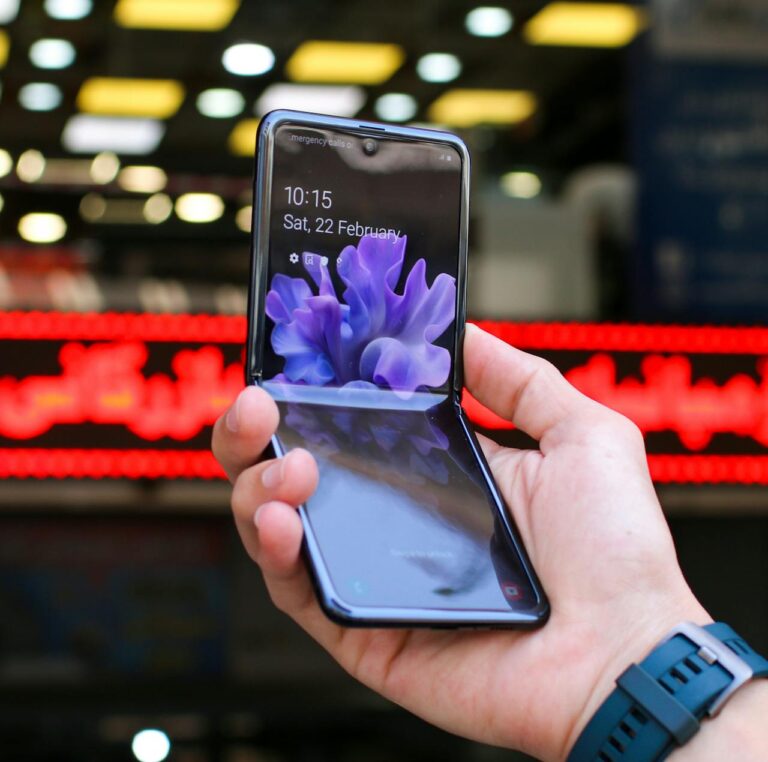Write Us: hello@ali5.org
What Apple Got Right (and Wrong) with the iPhone 17 – Full Review
What Apple Got Right (and Wrong) with the iPhone 17. Full Review: A balanced breakdown of its standout wins and missteps from speed and camera upgrades to battery life and design choices.
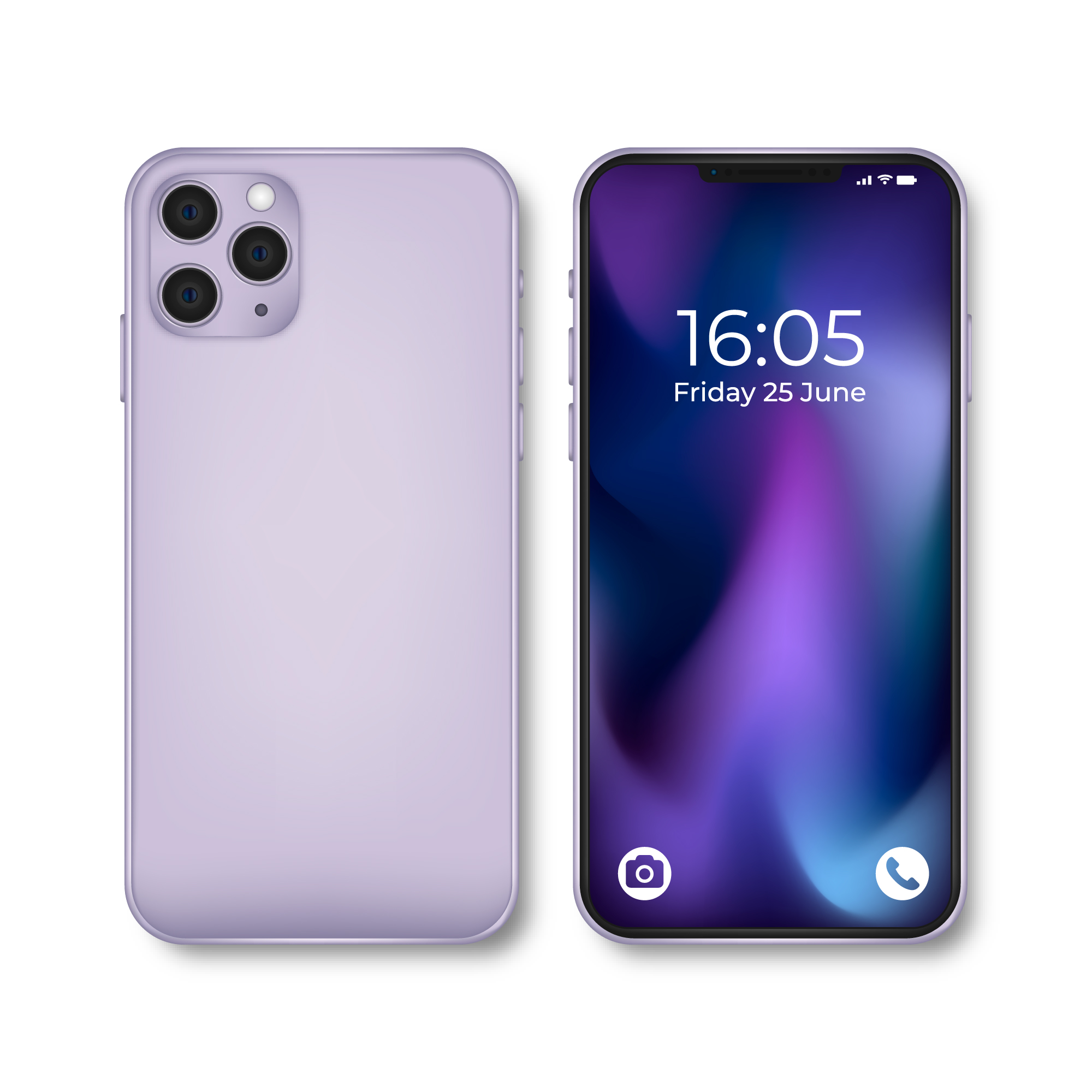
Apple just dropped the iPhone 17, and as usual, it’s all anyone’s talking about. The design is sleek, the buzz is loud, and the internet is already arguing. Some folks are all in, others are rolling their eyes.
So what’s the real story? Did Apple push the envelope or just polish last year’s phone and slap on a new number?
Let’s break down what actually works and what doesn’t.
Let’s get into it.
🌟 Where Apple Nailed It
1. A19 and A19 Pro Chips: Stupid Fast, Surprisingly Efficient
Apple’s new A19 chips (and the A19 Pro in the top-tier models) are absolute beasts. They’re built on a new 2nm process, which basically means more power in a smaller, more efficient package.
And this isn’t just raw speed for the sake of bragging rights. These chips are smarter, too. You’ll notice it in real-time: apps open instantly, switching between tasks feels effortless, and anything AI-related, like image editing, live captions, or voice recognition, just works faster and smoother.
Oh, and battery life doesn’t take a hit. If anything, it gets better because the chip knows how to balance performance with efficiency. It’s not hype. It’s one of the few areas where Apple consistently delivers—and they’ve done it again with the A19 lineup.
Whether you’re editing 4K videos, playing graphics-heavy games, or juggling apps, it runs effortlessly. Every day, performance is smooth as butter, and even demanding users will struggle to push it to the limit.
2. 120Hz ProMotion on All Models
Finally. Apple brought the 120Hz refresh rate to every iPhone 17 model, not just the Pros. The result? Scrolling, gaming, animations, everything feels fluid and modern.
No more treating high refresh rate as a “premium” feature. It’s now standard, and it’s a noticeable improvement.
3. Camera Upgrades That Actually Matter
Apple didn’t just tweak the cameras; they made significant leaps, especially with the Pro Max:
- 48MP periscope lens with 10x zoom
- 8K video capability
- 24MP front-facing camera
Photos are more detailed, low-light performance is better, and zoom shots don’t look like blurry guesses anymore. These upgrades matter for creators, travelers, and everyday users who want better shots without fuss.
4. Wi-Fi 7 + Better Connectivity
iPhone 17 is Apple’s first phone to support Wi-Fi 7, and it shows. Downloads are faster, video streaming is smoother, and online gaming gets a latency boost.
Combine that with improved Bluetooth and satellite features, and the iPhone 17 becomes a strong connectivity machine.
5. Refined Design with Vapor-Chamber Cooling
The new ultra-thin iPhone 17 Air is wild at just 5.5mm. While not for everyone, it showcases Apple’s commitment to innovation. Across the board, models are slimmer, lighter, and more efficient thanks to vapor-chamber cooling.
It doesn’t heat up under pressure, which is a win for performance-focused users.
⚠️ What Apple Got Wrong
1. Battery Life on the Air Model
The iPhone 17 Air looks stunning, but its battery is underwhelming. At around 2,800 mAh, it struggles to keep up with real-world usage. Even with iOS 26’s AI-based power saving, you’ll find yourself charging by late afternoon.
It’s a tough trade-off between form and function. Thin is great, but not at the cost of usability.
2. Lightning Port Still Lives (Sort Of)
Apple made the move to USB-C for the Pro models, finally. But the standard iPhone 17? Still stuck on the Lightning port. Why?
This split setup is frustrating, especially for users trying to unify their cables and accessories. It feels like Apple is dragging its feet on full USB-C adoption.
3. No Major iOS Changes to Match the Hardware
While iOS 26 is polished and stable, it doesn’t bring anything radically new to take full advantage of the iPhone 17’s power. The AI tweaks are subtle, the widgets are better, but we didn’t get any game-changing software features.
The phone feels like it’s waiting for software to catch up.
4. Still Premium Pricing Across the Board
With prices starting at $899 and going north of $1,399 for the Pro Max, the iPhone 17 is firmly in luxury territory. Yes, you get powerful hardware, but it’s still a painful spend, especially when great Android options exist for less.
Apple fans may not flinch, but casual buyers and switchers might think twice.
5. Camera Bar Design Isn’t for Everyone
The new horizontal camera bar on the back has divided opinions. Some love its futuristic vibe. Others think it’s a step backward in aesthetics.
It stands out, for better or worse, and it makes some cases awkward to design around.
🔎 Final Verdict: Strong but Not Perfect
Apple got a lot right with the iPhone 17. Performance, display, camera, and design all saw real, tangible improvements. But a few choices, especially around battery life, pricing, and the port situation, hold it back from being an undisputed win.
If you’re coming from an iPhone 14 or older, the iPhone 17 is a solid, future-ready upgrade. If you’re already on the iPhone 16 Pro, you might want to wait another cycle.
For most people, this phone delivers where it counts. Just know where the compromises lie before you buy.
